Differential Calculus
Synopsis
The Book "Differential Calculus" presents a calculus course that best serves the needs of Science and Mathematics as it enters the Twenty-first Century. In this textbook themes are often used to motivate both techniques and applications of calculus. Much of the Differential calculus is motivated by concepts related to limits and functions, and once the Fundamental Theorem is introduced, much of the material is motivated by Applications of the Differential Calculus.
Moreover, many of the topics covered in these sections of the book are relatively new to calculus. There are sections on Limit Theorem, Continuity, Functions, Series, Inverse Trigonometric Functions, Curve Sketching, etc. We also realized that one of the major goals of any calculus course is that of preparing students for further study in Mathematics, Science, and Engineering. As a result, we have for several years worked with students to develop definitions of concepts that reflects modern treatments of those concepts while remaining accessible to the average student. For example, Open Intervals are incorporated into the definition of the limit, thus giving it a slightly more Topological Flavor. The definitions of differentiability are independent of the definitions of the derivative, which reflects more advanced treatments of differentiation. Indeed, the sections on function are defined to be a Limit of Simple Function Approximations, thus preparing students for future work with Modern Definitions of Differential Calculus.
Finally, the textbook also contains many Applications of Calculus that are currently relevant, including Mathematical Biology, Geometric Probability, Curve-Fitting, Quantum Mechanics, and a host of others. There is also a capstone chapter that applies all the calculus presented in the textbook Differentiating Inverse Trigonometric Functions.
Read more
Moreover, many of the topics covered in these sections of the book are relatively new to calculus. There are sections on Limit Theorem, Continuity, Functions, Series, Inverse Trigonometric Functions, Curve Sketching, etc. We also realized that one of the major goals of any calculus course is that of preparing students for further study in Mathematics, Science, and Engineering. As a result, we have for several years worked with students to develop definitions of concepts that reflects modern treatments of those concepts while remaining accessible to the average student. For example, Open Intervals are incorporated into the definition of the limit, thus giving it a slightly more Topological Flavor. The definitions of differentiability are independent of the definitions of the derivative, which reflects more advanced treatments of differentiation. Indeed, the sections on function are defined to be a Limit of Simple Function Approximations, thus preparing students for future work with Modern Definitions of Differential Calculus.
Finally, the textbook also contains many Applications of Calculus that are currently relevant, including Mathematical Biology, Geometric Probability, Curve-Fitting, Quantum Mechanics, and a host of others. There is also a capstone chapter that applies all the calculus presented in the textbook Differentiating Inverse Trigonometric Functions.
72.90
65.61
$
81.00 $
Free delivery Wolrdwidе in 10-18 days
Ships in 1-2 days from New Delhi
Membership for 1 Year $35.00
Get it now and save 10%
Get it now and save 10%
BECOME A MEMBER

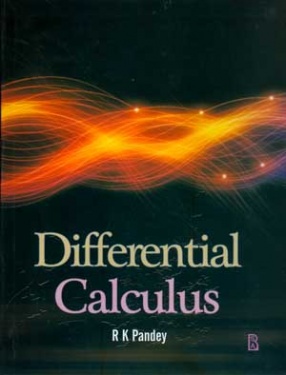

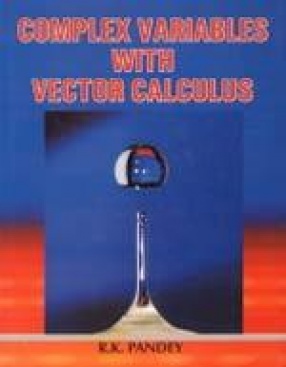
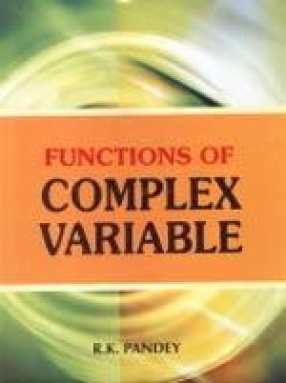
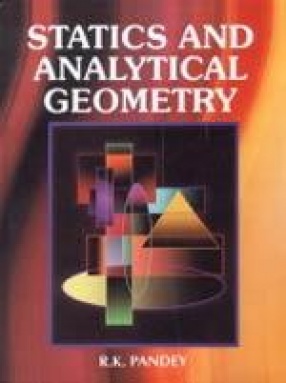
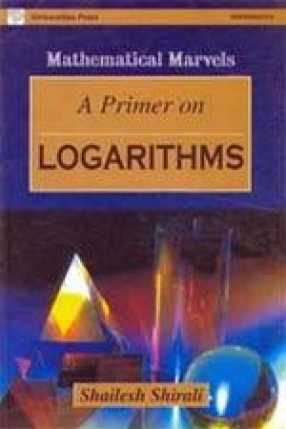
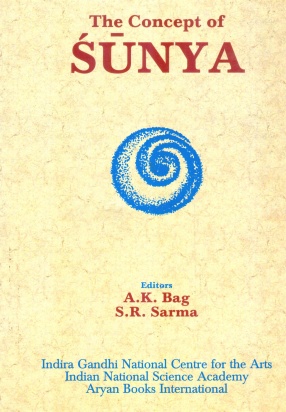
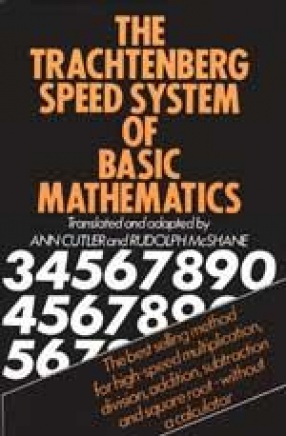

Bibliographic information